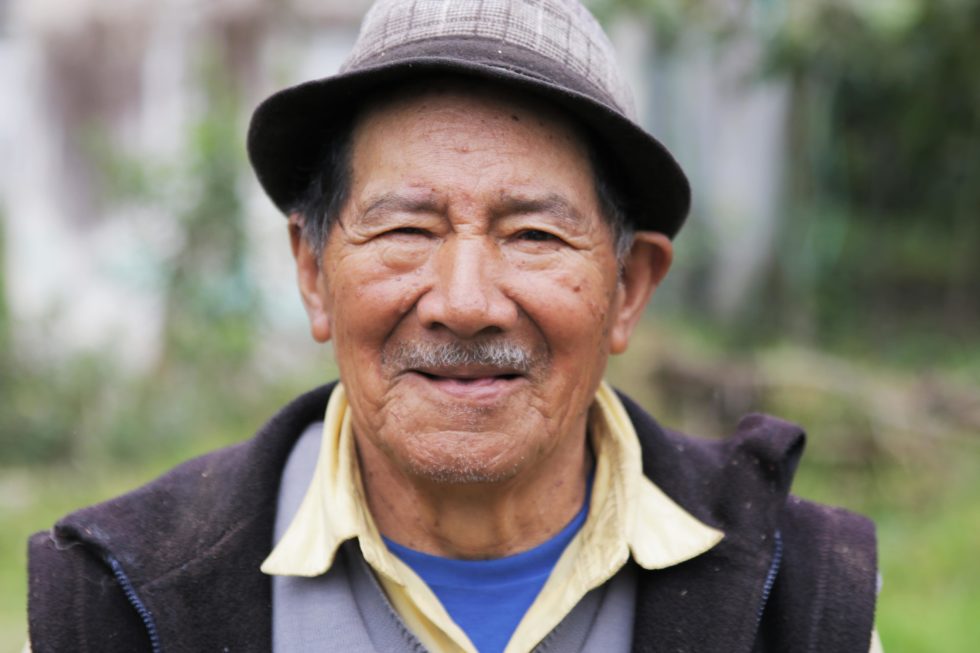Ecuador's relationship with water is very particular.
In fact, in the country, as in the rest of Latin America, there is a high availability of water resources, if we compare the water reserves with the population: but in the Latin American region as many as 34 million people do not have access to drinking water , despite having one third of the planet's fresh water.
Furthermore, in Ecuador the water is not distributed equally in the territory itself.
For example, in the Andean area there are no underground aquifers: the availability of water practically depends only on atmospheric precipitation and the conservation of a very particular ecosystem, the so-called Páramo Andino.
In these areas, the availability of water is very low, if not nonexistent.
So, even if at the national level the coverage of drinking water is higher than 70%, in rural areas the families who have access to drinking water are only 35%.
The communities involved in the WAMI water project are located in the Andean area of the country, in the central Sierra region of Ecuador: most of the families are indigenous and peasant, who are mainly dedicated to family farming. In particular, in the area of this water project, only 22% of the population had access to water and the rest of the population drew water for human consumption directly from rivers and springs.
Carrello
Caricamento...
Quantità:
